Nothing new here really.
I mixed the accepted reply
https://stackoverflow.com/a/8212120/11413792
and
https://stackoverflow.com/a/43936590/11413792
which uses setContentsMargins,
but just coded it a bit my own way.
/**
* @brief calcMargins Calculate the margins when a rectangle of one size is centred inside another
* @param outside - the size of the surrounding rectanle
* @param inside - the size of the surrounded rectangle
* @return the size of the four margins, as a QMargins
*/
QMargins calcMargins(QSize const outside, QSize const inside)
{
int left = (outside.width()-inside.width())/2;
int top = (outside.height()-inside.height())/2;
int right = outside.width()-(inside.width()+left);
int bottom = outside.height()-(inside.height()+top);
QMargins margins(left, top, right, bottom);
return margins;
}
A function calculates the margins required to centre one rectangle inside another. Its a pretty generic function that could be used for lots of things though I have no idea what.
Then setContentsMargins becomes easy to use with a couple of extra lines
which many people would combine into one.
QPixmap scaled = p.scaled(this->size(), Qt::KeepAspectRatio);
QMargins margins = calcMargins(this->size(), scaled.size());
this->setContentsMargins(margins);
setPixmap(scaled);
It may interest somebody ... I needed to handle mousePressEvent and to know where I am within the image.
void MyClass::mousePressEvent(QMouseEvent *ev)
{
QMargins margins = contentsMargins();
QPoint labelCoordinateClickPos = ev->pos();
QPoint pixmapCoordinateClickedPos = labelCoordinateClickPos - QPoint(margins.left(),margins.top());
... more stuff here
}
My large image was from a camera and I obtained the relative coordinates [0, 1) by dividing by the width of the pixmap and then multiplied up by the width of the original image.
